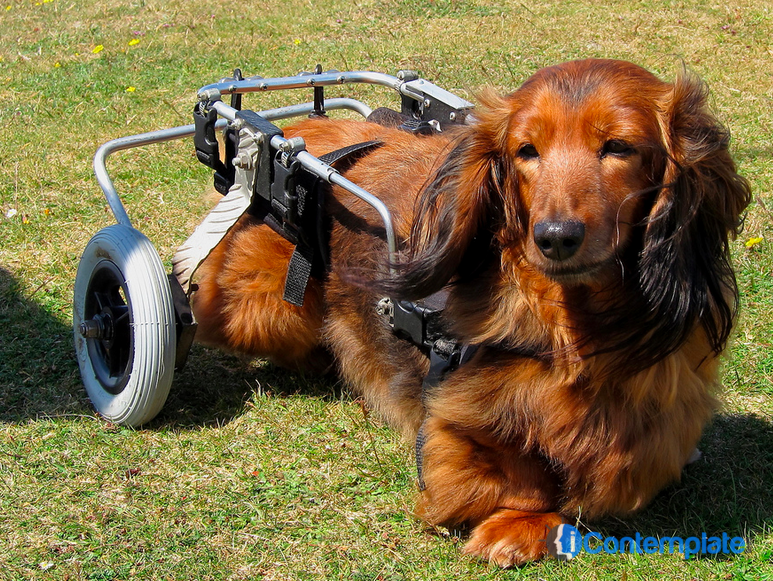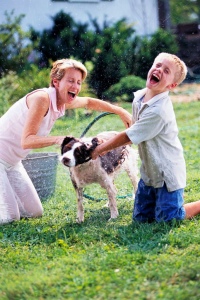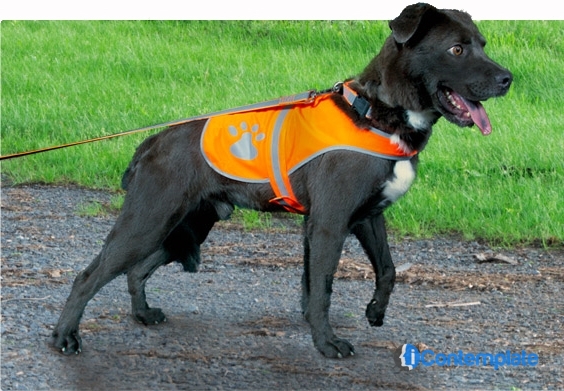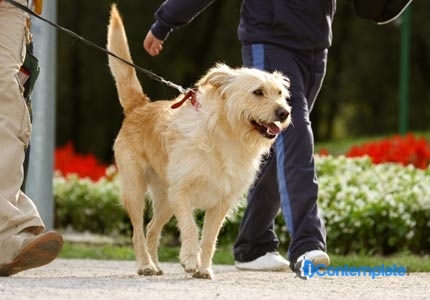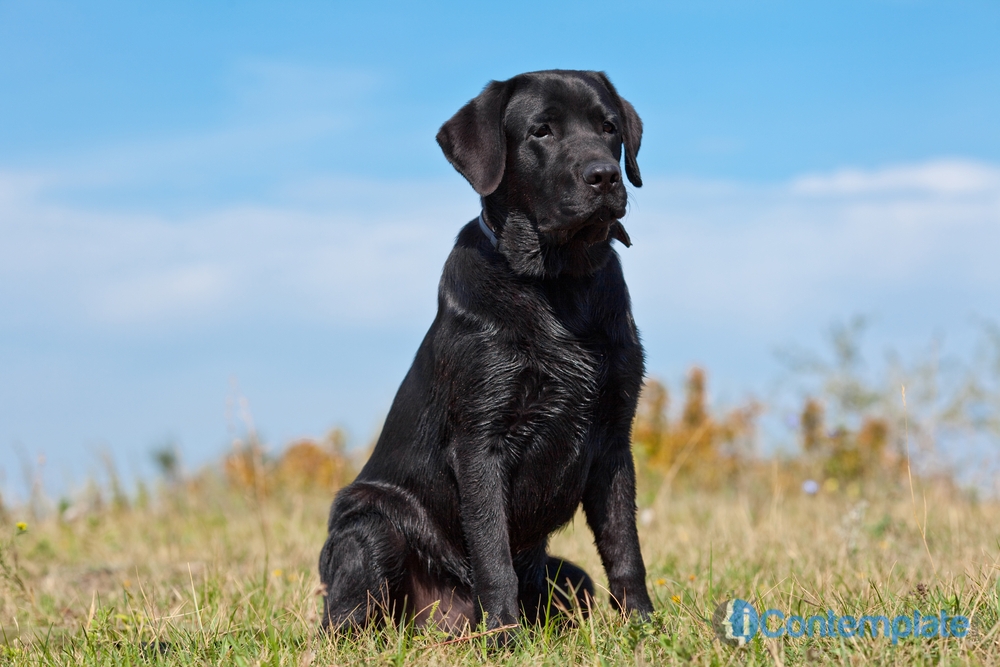Dogs are active creatures. While specific mobility varies by breed, many dogs spend a lot of their recreational time running with their owners, romping with canine counterparts and engaging in an athletic lifestyle. However, as they grow older, these activities can lead to various leg injuries for dogs that can require expensive surgical procedures and rehabilitation periods. This is a general overview of effective methods to expedite your dog’s recuperation process from leg surgeries. Make sure you always follow your veterinarian’s recommendations for your pet.
Consider looking into ASPCA Pet Health Insurance, as a means to help protect the health of your dog. ASPCA Pet Insurance helps cover a variety of injuries and ailments.
Give Them Assistance
There are numerous commercial products available on the market specifically designed to make it easier for your rehabilitating canine pal to get around. Harnesses and slings can help increase your dog’s mobility while protecting them from sustaining additional injuries. They’re generally configured to support a particular area of the body, although certain models provide full-body support. Buying one can help alleviate your anxiety and ensure your four legged pal doesn’t suffer a setback.
Limit Their Daily Activity
Often during recuperation, a dog can become restless, as its relatively active daily lifestyle prior to the injury is suddenly much slower. Their bodies may not be up to the task, but their minds are telling them to run and play. Your dog needs your help limiting his activity. You can take shorter walks or let him outside for shorter periods of time. Keep in mind you’re doing it for your dog’s well-being. Their muscles and tendons need time to heal properly, and it’s essential you limit their daily activity to help the process.
Give Them Love
Don’t underestimate the power of affection! Give your dog endless amounts of reassurance and warmth while she’s recuperating. Following his ACL surgery, my dog was exhibiting symptoms typically associated with depression, and it wasn’t until we devoted extra attention to him that his personality began to normalize. Physical rehabilitation is a difficult experience for everyone, so a little extra compassion can go a long way.
Prevent Them From Licking Bandages
It’s normal operating procedure for the veterinary hospital to treat and dress the surgical incision prior to releasing the dog. Bandages, splints and casts are commonly used dressings, and your dog is going to want to lick it like no one’s business. The material is covering an area that needs to heal, so it’s very important your dog doesn’t interfere with it. If your dog constantly tries to lick his bandages, make a point of distracting him with toys. If he won’t stop, ask your veterinarian for the popular head cone.
In Summary
These are just a few general tips to aid your dog in his or her rehabilitation efforts. For more detailed recuperation advice concerning your specific pet, contact your local veterinarian for a personalized assessment. Be sure to always follow your veterinarian’s recommendation about the proper care for your pet after an injury.
Photo Courtesy of Phil Sangwell via Flickr Creative Commons
